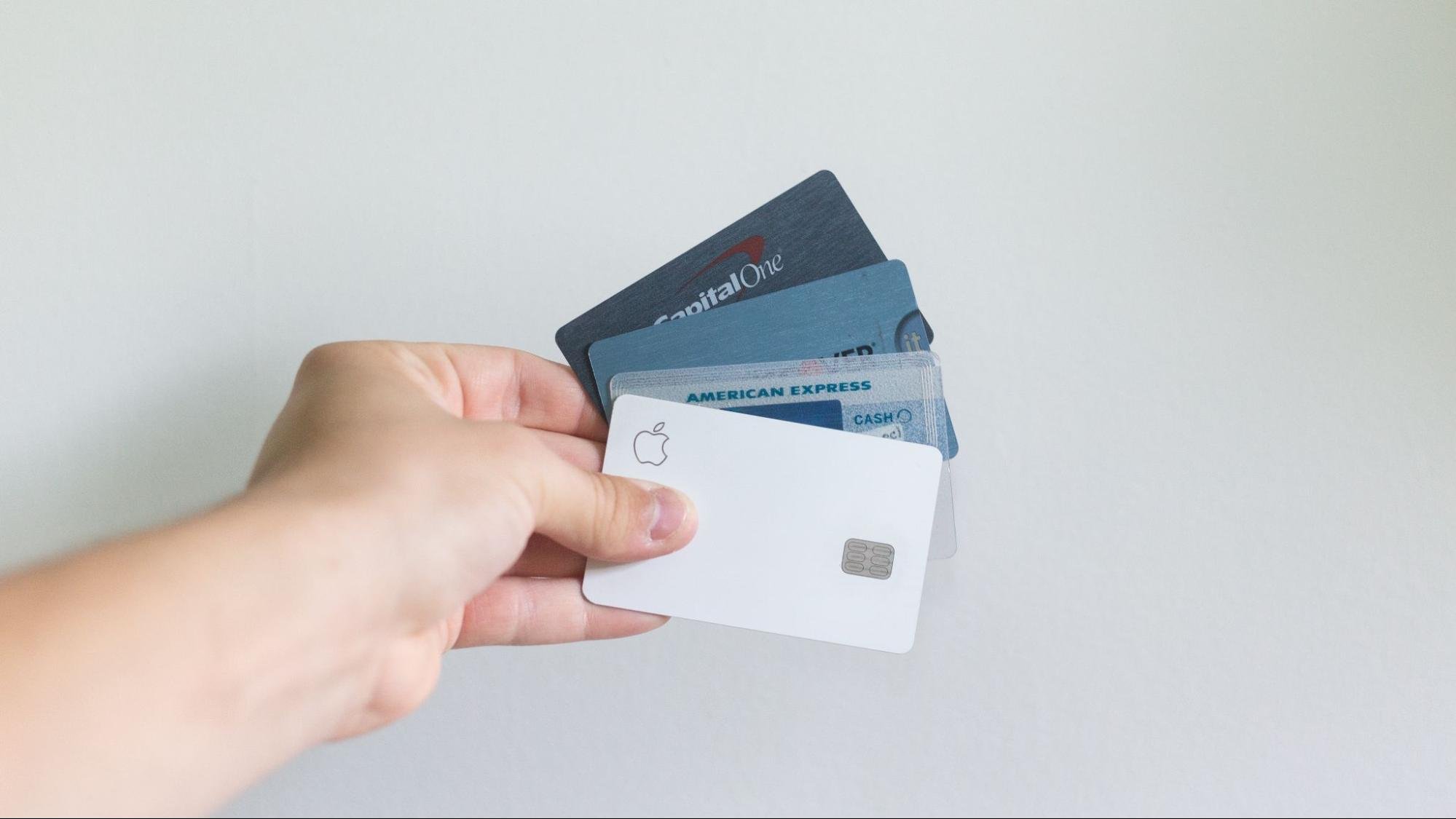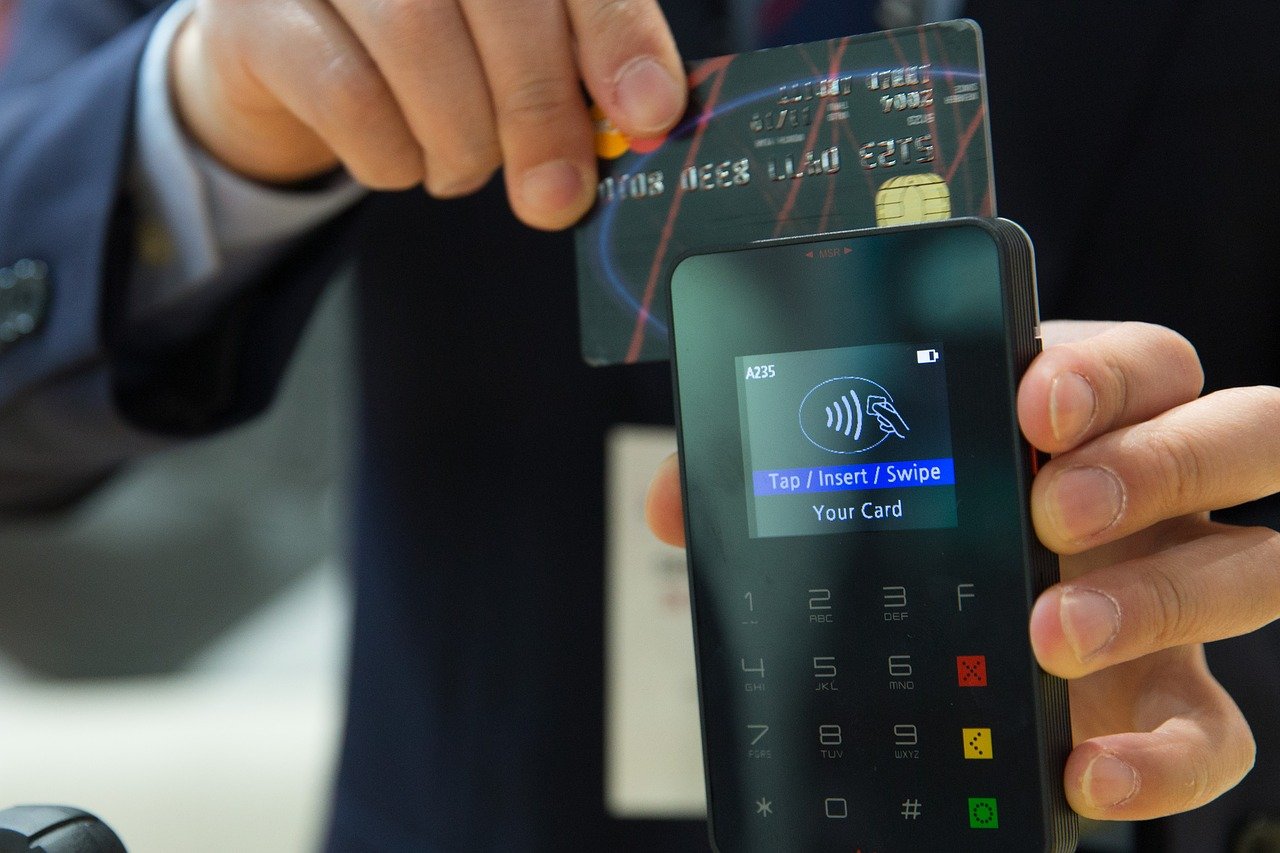The history of the credit card goes back at least 100 years. However, the concept of buying now and paying later goes as far back as ancient times. Credit cards are so commonplace today, not to mention the primary factor behind Americans’ rising consumer debt.
But this wasn’t always the case. What was it like before credit cards were such a staple in society? What did consumers think of them? And how did we get where we are today?
1. The first official credit card was made from cardboard

Before 1950, a credit card-type system involving small metal plates stamped with the consumer’s information was used by a select number of businesses. However, this system remained largely exclusive to certain companies and was not broadened to the general public.
It wasn’t until 1950, when New York businessman Frank McNamara created the Diners Club, that the concept of the modern credit system that we know today really began.
After forgetting his wallet and having his wife end up paying the tab at a fancy restaurant, McNamara conceived of the idea for the card. After discussing the idea with the restaurant owner and his lawyer, he paid using a cardboard card the next time he went back to the restaurant.
2. Many people were ambivalent about credit cards
Despite the popularity of the Diners Club card, it still did not gain widespread adoption. This is because credit cards were facing a similar predicament as crypto is now: businesses didn’t want to accept them because consumers weren’t using them. However, consumers didn’t want to use them because most businesses didn’t accept them.
While the Diners Club laid the foundation for changing this consumer attitude, the industry didn’t really take off until major banks and corporations started creating their own cards.
3. Bank of America created the first credit card that really became successful

In 1958, Bank of America launched its first credit card program. This involved sending 60,000 BankAmericards to the residents of Fresno, California. The only thing was that the residents hadn’t asked for this “surprise drop” and weren’t too sure how to use their new, unsolicited cards.
But what made Bank of America’s card so successful was that since so many Fresno residents used Bank of America, if most of them held the credit card, it would convince the local businesses to accept them. In turn, this would help the card gain even more traction.
Source: Pixabay
4. Credit cards were mailed to people unsolicited until the 1970s
Bank of America wasn’t the only one to do these surprise “drops.” Many banks followed this same system, sending out thousands of credit cards to people who didn’t ask for them.
Aside from resulting in people taking on more debt, it also opened the door to higher crime rates. For example, in Chicago in 1966, criminals stole thousands of these cards in the mail, which resulted in the consumer facing charges for items they had not purchased.
This resulted in the credit card industry facing its first regulations from the federal government. The Truth in Lending Act came into effect in 1968, followed by several other pieces of legislation aimed at stopping crime, protecting people from predatory creditors, and preventing financial scandals.
History of the credit card and crypto
The history of the credit card has some parallels to cryptocurrency. Many people are hesitant to get into crypto because it’s not widely accepted by many businesses, making it difficult to use in everyday life. And while it isn’t mainstream yet, just like credit cards, crypto isn’t going away– it’ll only become a key part of the future of our financial system.
About the Author

Michael Hearne
About Decentral Publishing
Decentral Publishing is dedicated to producing content through our blog, eBooks, and docu-series to help our readers deepen their knowledge of cryptocurrency and related topics. Do you have a fresh perspective or any other topics worth discussing? Keep the conversation going with us online at: Facebook, Twitter, Instagram, and LinkedIn.


